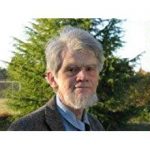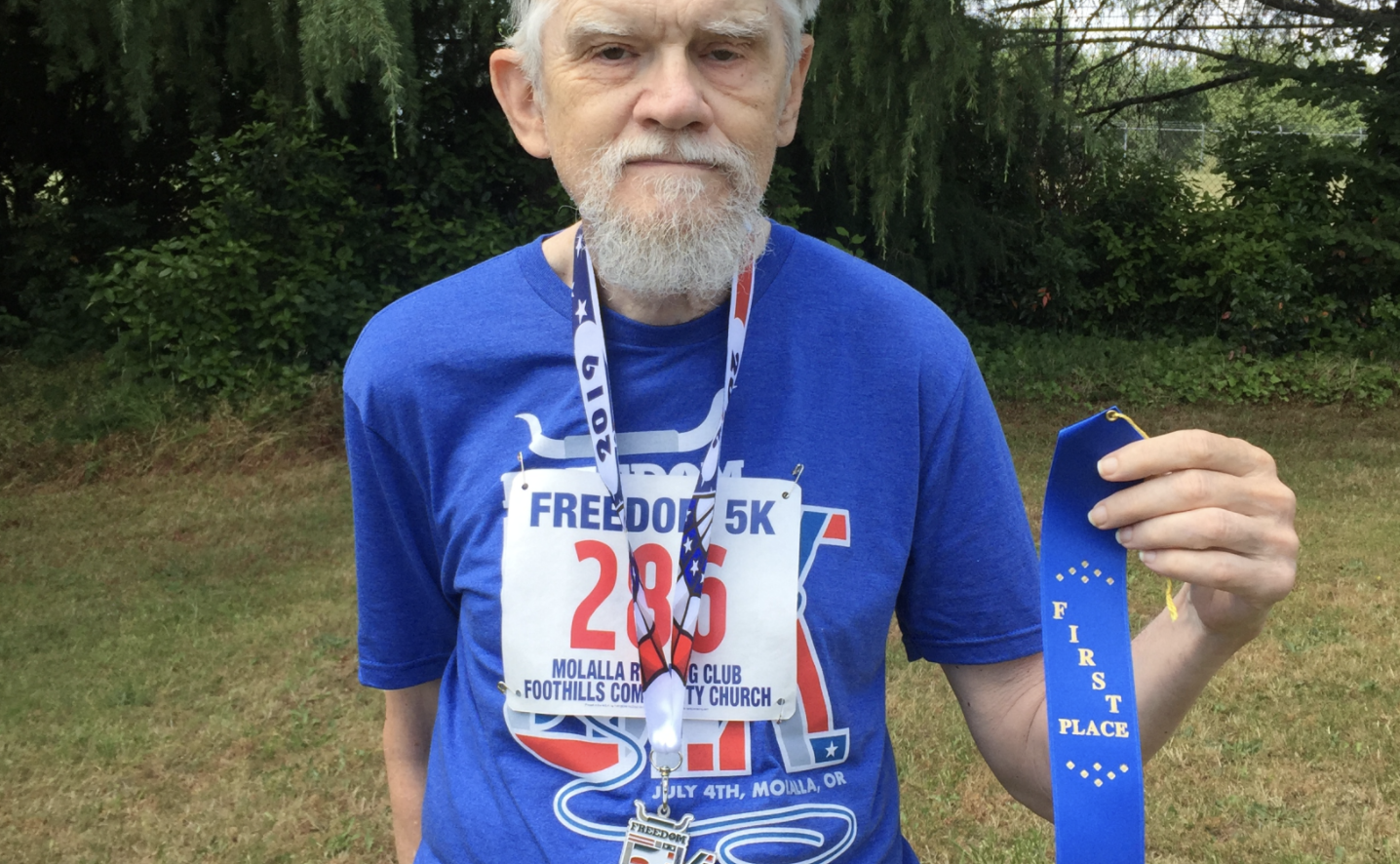 When I was in my mid-twenties, early in my career as a design engineer, I had a coworker named Vince. He was in his mid-forties and had been around the block a couple of times. I was promoted to group leader early on, while he was treading water, career-wise. This, combined with some other things in his life convinced him that his chance had passed and that he would probably make no more progress in life. How depressing!
When I was in my mid-twenties, early in my career as a design engineer, I had a coworker named Vince. He was in his mid-forties and had been around the block a couple of times. I was promoted to group leader early on, while he was treading water, career-wise. This, combined with some other things in his life convinced him that his chance had passed and that he would probably make no more progress in life. How depressing!
This was while he had a good engineering job, a lovely wife, and great kids. This reminds me of the old truth that when you see a glass that is half full, you can, like Vince, view it as almost empty, or more optimistically, as almost full.
If Vince could view himself as already in decline at age 43, how will you view yourself when you are sixty, sixty-five, or seventy? Will it be over for you? I hope not, because I left those birthdays behind years ago, and I am still in growth mode. Is there any logic behind my optimism? Yes there is.
Until the Covid-19 pandemic, heart disease was the biggest life-shortener for American men like me. It was the cause of my father’s death, as it was for his father. Hmm. That’s not very encouraging! Perhaps if I do things differently than what they did, I will have a better outcome. What should I do?
 One general practice that applies to practically everybody is to eat a reduced calorie diet heavy on fruits and vegetables and light on meat and other fatty foods. For my specific case, getting sufficient exercise may be the most important thing. Neither my father, nor his father were very physically active after they left military service. I on the other hand, started running on my high-school track team and have been an active runner ever since, competing in road races or just jogging around the neighborhood. What might running do that would have a beneficial effect on retaining or even restoring youthful vigor to a person? If I am over 70—alright, over 75, what could continuing to run do for me? What about my friends who were never regular runners? Would starting now do any good, or is it already too late for them?
One general practice that applies to practically everybody is to eat a reduced calorie diet heavy on fruits and vegetables and light on meat and other fatty foods. For my specific case, getting sufficient exercise may be the most important thing. Neither my father, nor his father were very physically active after they left military service. I on the other hand, started running on my high-school track team and have been an active runner ever since, competing in road races or just jogging around the neighborhood. What might running do that would have a beneficial effect on retaining or even restoring youthful vigor to a person? If I am over 70—alright, over 75, what could continuing to run do for me? What about my friends who were never regular runners? Would starting now do any good, or is it already too late for them?
A paper appearing in the 23 September 2021 issue of Aging Cell sheds some light on these questions. It is titled “Late-in-life treadmill running rejuvenates autophagy, protein aggregate clearance and function in mouse hearts.” The paper chronicles an experiment involving four cohorts of lab mice:
- Young adult mice who followed a three-month progressive resistance treadmill running program
- Old mice who followed the same program
- Young adult mice that were not exercised
- Old mice that were not exercisedt
Biomarkers were measured after the experiment was concluded. The major finding was that there was a major difference between the old mice that were exercised and the old mice that were not. Compared to the non-exercised old mice, the exercised old mice showed improvements in:
- Body composition
- Exercise capacity
- Soleus muscle citrate synthase activity
Furthermore,
- Traffic of the autophagosome to the lysosome increased
- Protein aggregate clearance improved,
- Overall function was enhanced in the hearts of the exercised mice
As the paper states, “These data provide the first evidence that a physiological intervention initiated late-in-life improves autophagic flux, protein aggregate clearance, and contractile performance in mouse hearts.”
Can we apply these results to people? It is often said that mice are not people, which is certainly true. However, we use mice in experiments like this because we can get results in a reasonable period of time. Now that we have this encouraging result, performing similar tests on human subjects may be warranted. We will just have to accept the fact that results will take a lot longer that they do with mice that only live for two or three years.
BIO:
Allen G. Taylor is a 40-year veteran of the computer industry and the author of over 40 books, including Develop Microsoft HoloLens Apps Now, Get Fit with Apple Watch, Cruise for Free, SQL For Dummies, 9th Edition, Crystal Reports 2008 For Dummies, Database Development For Dummies, Access Power Programming with VBA, and SQL All-In-One For Dummies, Third Edition. He lectures internationally on astronomy, databases, innovation, and entrepreneurship. He also teaches database development and Crystal Reports through a leading online education provider. For the latest news on Allen’s activities, check out his blog at wwwallengtaylor.com or contact him at allen.taylor@ieee.org